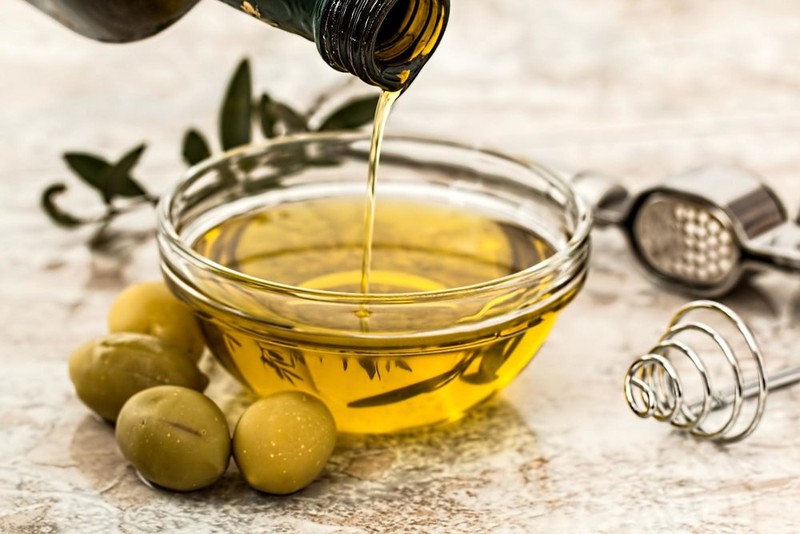It is best to hand in used frying fat or oil so that it can be recycled. Pour it back in its packaging or in a plastic bottle and hand it in at a collection point near you. Recycling used frying fat or oil is good for the environment, as it can be used to make biofuel. Using biofuel ensures that we use less fossil fuel. Biofuel also has the advantage that it produces less CO 2 emissions and less pollution caused by particulate matter from the exhaust.
Why Is It Not Smart To Throw It Away?
Used frying fat that is thrown away ends up in the sewer or in the residual waste. Fat that ends up in the sewage system causes blockages and is a major loss for municipalities. This costs society many millions of euros every year. Although many people know that used fats do not belong in the sewer, almost every municipality has problems with blockages caused by fat. In case of cooking oil recycling you need to consider these matters.
Used frying fat that ends up in the gray wheelie bin with residual waste ends up in the waste incinerators. To burn it here costs society money, while recycling only brings benefits to society. So take it to your supermarket, sports club, school, petting zoo or to the recycling center in your municipality!
How Can I Return Used Cooking Oil?
You can return the cooled frying fat in the original packaging or in an empty plastic bottle and close the bottle tightly. Some frying fat packs contain an extra wide opening to allow the frying fat to be poured back as easily as possible. Using a funnel can be useful otherwise. Take the closed bottle with you to the collection point. You can recognize this by the yellow container or the special collection furniture. Look here for the nearest collection point in your area.
Where Can I Return It?
There are more and more collection points where used cooking oil can be handed in for example at sports clubs, schools, supermarkets and other organizations, recognizable by the yellow container or special collection furniture. The municipal environmental yard also increasingly has a special facility to remove the frying fat that has been handed in from the regular waste flow and to separate it for reuse.
How Much Frying Fat Is Involved?
The average one person uses about 4 kg of frying fat per year. 1.4 kg of this is consumed at home and 2.6 kg in the catering industry. On an annual basis, this means that 44 million kg of frying fat is consumed in the catering industry. Practically all of this is already being collected.
How Is It Processed?
Several dozen companies in the Netherlands collect used frying fats and cooking oils. The collectors bring the used fats to the fat processors or fat recyclers. These companies separate the plastic from the oil and allow the contents to settle, allowing the pure oil to float to the surface. During this process a separation takes place between fat or oil on the one hand and moisture and insoluble impurities such as frying residues (small pieces of chips and breadcrumbs) on the other. This so-called melting residue (on average 9 to 12%) is transported to biogas or composting plants.










